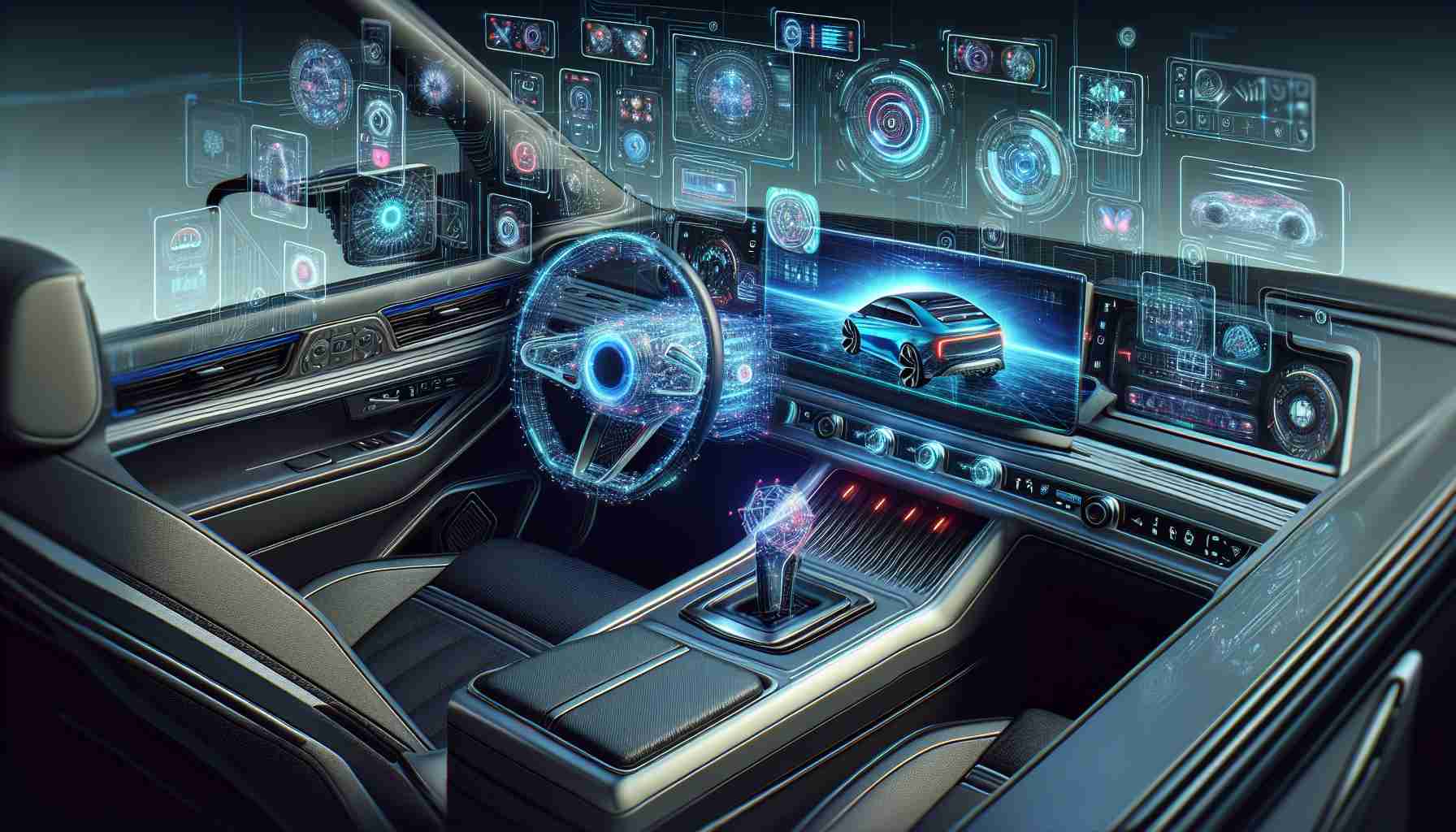Technology Shapes the Future of Vehicle Control Panels
The advancement of technology has seen the evolution of vehicle control panels from mechanical to electronic and now to the highly integrated smart cockpits. These modern control hubs are characterized by features such as multi-screen design, integration of various ecosystems, intelligent sensing, and context-aware services.
Smartphone-Vehicle Integration: The Competitive Edge
The crux of the industry’s recent developments centers on the seamless connectivity between smartphones and vehicle systems. This interplay is considered a competitive directive among car manufacturers. Smartphones and automotive terminals are merging, leading to transformative enhancements in the user experience within intelligent automotive cockpits.
Evolutionary Milestones in Vehicle-Smartphone Connectivity
Since 2014 and the introduction of Apple’s CarPlay system, vehicle-smartphone integration technologies have evolved rapidly, providing functionalities such as navigation, music playback, and voice interaction with Siri. Baidu’s Carlife, launched in 2015, allows the vehicle display to share applications with the mobile phone. Huawei’s HarmonyOS further advanced this integration, allowing seamless transition of mobile apps onto the vehicle’s platform, leading towards a shared ecosystem between the phone and vehicle.
Brands like Meizu have followed suit with systems like Flyme Auto, delivering an experience where Meizu smartphones integrate directly with the vehicle’s system, proposing an ecosystem where applications can be used interchangeably between the phone and the vehicle.
Brand Compatibility: Is It a Must for Seamless Integration?
Despite these developments, seamless integration predominantly works within the same brand using a single account. For instance, using a Huawei phone is necessary to access full interconnectivity features on a Huawei-enabled vehicle system. However, the exclusivity of these systems raises questions about the possible limitations it imposes on consumer choice and cross-brand functionality.
Car Manufacturers Venturing into Smartphone Market
Manufacturers are now delving into the smartphone market to harmonize the user experience between the phone and the vehicle cockpit. Automotive companies like NIO are creating their own smartphones to ensure this tailored integration, aiming for an unparalleled synergy between their vehicles and the accompanying devices.
Moreover, partnerships between different brands in the tech and automotive sectors aim to break down the barriers that currently exist. For example, the “Smart Car Alliance” initiated by smartphone titans such as Xiaomi, OPPO, and Vivo has been established to foster collaboration between various companies and facilitate a more universal integration approach.
The Inevitable Move Towards Compatibility and Unified Systems
While the ideal of a unified operating system still seems far-fetched, there is a significant push within the industry for compatibility across brands, moving towards a more inclusive automotive family where consumers can enjoy the benefits of an immersive interconnected experience without brand restrictions.
Advancements in In-Vehicle Infotainment (IVI) Systems
The focus on smart cockpit integration is part of a broader revolution in in-vehicle infotainment (IVI) systems. These systems consolidate control of the vehicle’s multimedia and comfort functions, as well as provide information and entertainment resources to the driver and passengers. Modern IVI systems often offer large touchscreens, voice control, and customizable interfaces that promise to enhance the user driving experience and safety.
Key Challenges and Controversies: Data Privacy and Cybersecurity
One of the key challenges associated with the development of smart cockpit technologies is ensuring data privacy and cybersecurity. The integration of vehicles with smartphones and other personal devices raises concerns regarding the potential for unauthorized access to sensitive personal data. Moreover, the increasing complexity of these systems presents expanding attack surfaces for cyber threats, making the task of securing them against potential hacks and breaches more difficult.
Advantages and Disadvantages of Smart Cockpit Integration
Advantages:
– Enhanced User Experience: Integrated smart cockpits promise a more intuitive and enjoyable driving experience, with personalized settings and easy-to-use interfaces.
– Increased Functionality: These systems enable a broader range of services, from navigation to entertainment to vehicle diagnostics.
– Improved Safety: Features like voice control can reduce the need for drivers to take their eyes off the road.
Disadvantages:
– Complexity and Distraction: The multitude of features and apps available might lead to information overload, potentially distracting the driver.
– Interoperability Issues: There might be compatibility issues between different devices and automotive systems leading to a fragmented user experience.
– Cost: The development and integration of advanced infotainment systems can add significant cost to the manufacturing of a vehicle, which might be passed on to the consumer.
To explore more about these topics, you might find the following main domains of interest:
– Apple for information about Apple CarPlay.
– Huawei for updates on Huawei’s HarmonyOS and automotive technologies.
– Baidu to learn about Baidu Carlife and its integration technologies.
– Xiaomi to discover more about Xiaomi’s involvement in the Smart Car Alliance.
